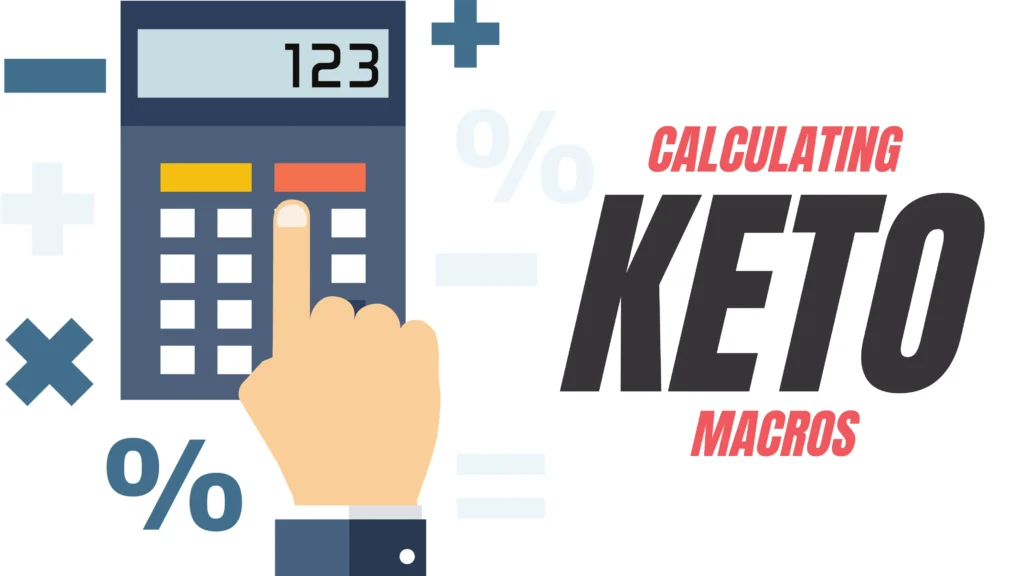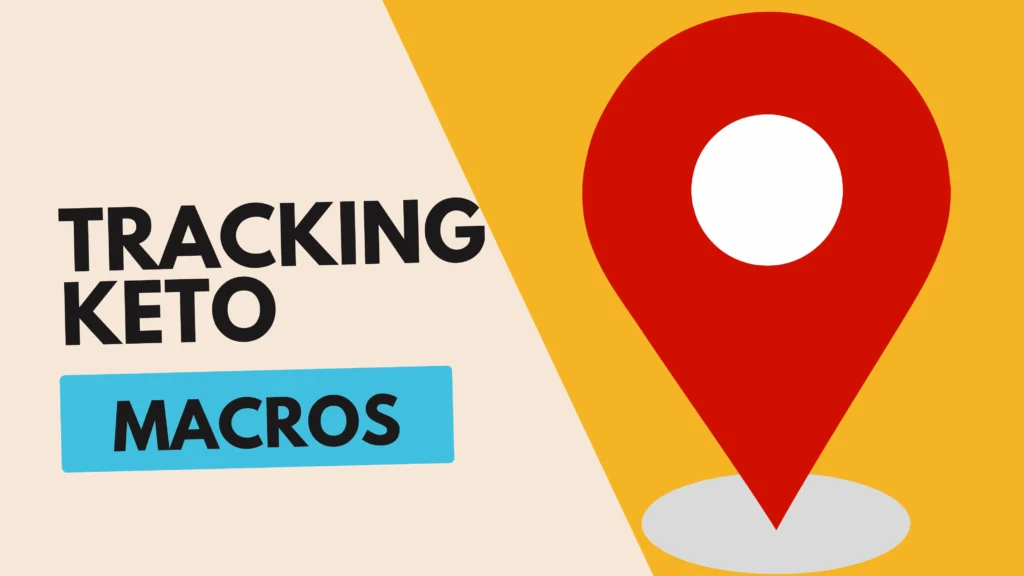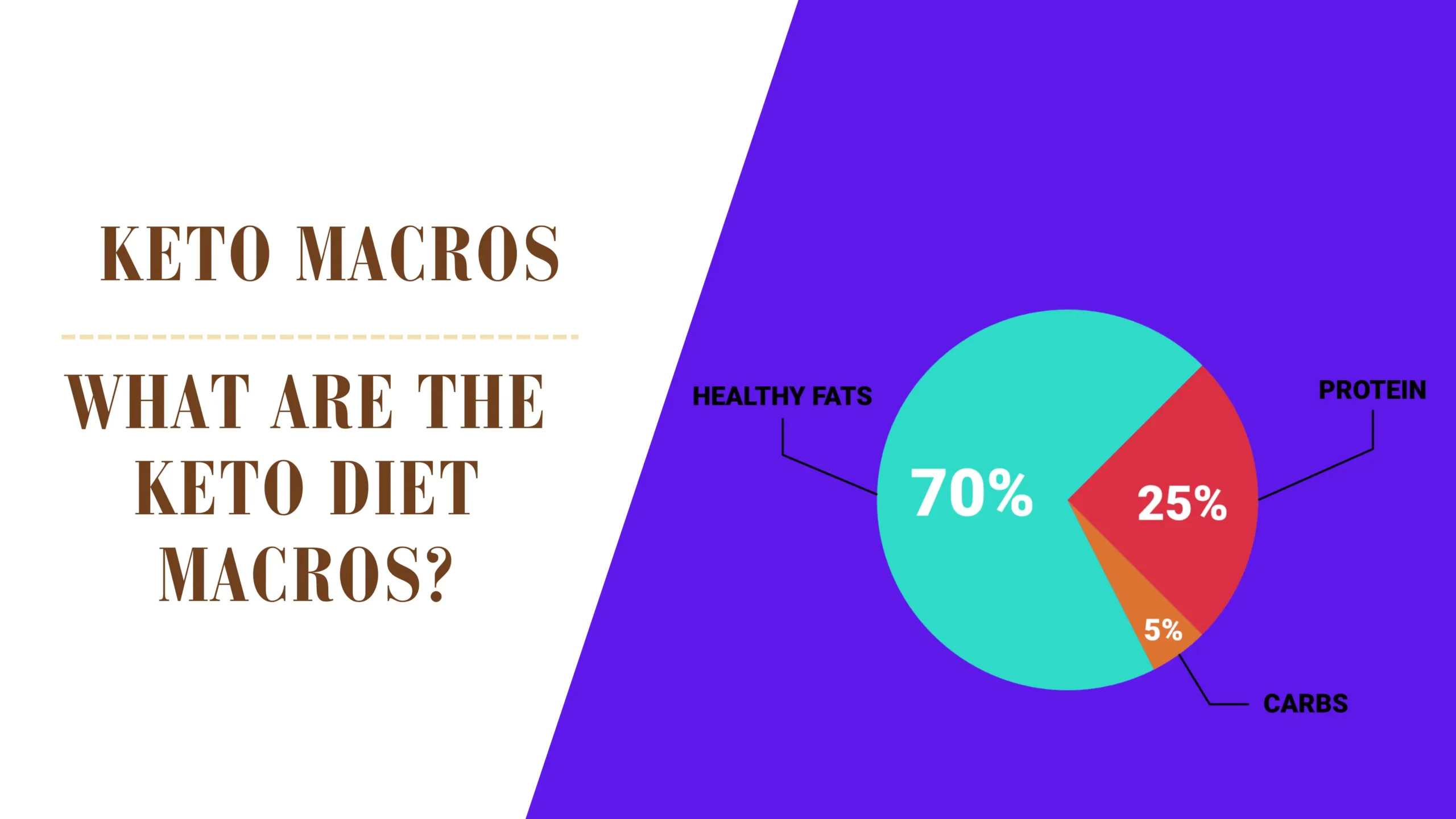Keto macros: What are the keto diet macros?
Key takeaways
- Keto diet: Low carbs (5-10%), high fats (70-80%), moderate protein (10-20%) for fat-burning.
- Macronutrients are crucial for effective keto; understand their roles.
- Calculate keto macros based on daily calories and preferred ratios.
- Keto has benefits (weight loss, disease reduction) but risks (adverse effects, sustainability); consult professionals.
- Tracking keto macros aids awareness and ketosis but may lead to disordered eating; consult before changes.
Introduction
The ketogenic diet, often called the keto diet, has caught a lot of attention as a way to shed pounds [1][2]. It’s a low-carb, high-fat eating plan that works by swapping out carbs with fat, pushing your body into a state called ketosis [1]. In this state, the body becomes incredibly efficient at burning fat for energy [1]. Typically, this diet means about 55% to 60% fat, 30% to 35% protein, and just 5% to 10% carbohydrates [3].
Understanding Macronutrients

Macronutrients, which include proteins, carbohydrates, and fats, are the three primary building blocks of all human food [4]. Each macronutrient plays a distinct role in the body:
- Carbohydrates: Carbohydrates are the body’s main source of fuel, providing energy for various bodily functions and physical activity [5]. They are found in foods like fruits, vegetables, and grains.
Also Read: 8 Worst Foods You Should Avoid for Weight Loss
- Proteins: Proteins are essential for cell generation, tissue repair, and muscle growth. They also play a role in the production of enzymes and hormones [4].
- Fats: Fats are important for brain health, providing energy, and aiding in the absorption of fat-soluble vitamins like A, D, E, and K [4].
A ketogenic diet consists of 70-80% fat, 5-10% carbohydrates, and 10-20% protein, aiming to shift metabolism to burn fats and ketones for energy [2][6].
Understanding macronutrient roles is crucial for effective ketogenic diet implementation. Seeking guidance from a healthcare professional is recommended [2].
Calculating Keto Macros

Calculating keto macros is essential for understanding what your body needs to reach ketosis and maintain a healthy, balanced diet. Here’s a step-by-step guide on how to calculate your keto macros and an example of an ideal macro allocation on a ketogenic diet:
- Determine your daily calorie goal: Consider your weight loss or gain goals, activity levels, and personal preferences to establish a daily calorie target.
- Choose a macronutrient ratio: The most common ratio for ketogenic diets is 70% fat, 5% carbohydrates, and 25% protein [6]. However, you can adjust these ratios based on your individual needs and preferences.
- Calculate your macronutrient intake: Divide your daily calorie goal by the chosen macronutrient ratio to determine the amount of each macronutrient (fat, protein, and carbohydrates) you need to consume daily.
For example, let’s say you have a daily calorie goal of 2,000 calories and you choose a macro ratio of 70% fat, 5% carbohydrates, and 25% protein. To calculate your macronutrient intake:
- Fat (70% of 2,000 calories): 1,400 calories
- Protein (25% of 2,000 calories): 500 calories
- Carbohydrates (5% of 2,000 calories): 100 calories
In this example, your daily macronutrient intake would be approximately 1,400 calories from fat, 500 calories from protein, and 100 calories from carbohydrates, totalling 2,000 calories [4].
Also Read: Plate Like a Pro – 5 Portion Control Hacks for Every Meal
Keep in mind that these calculations are a starting point, and your optimal macros may vary based on your individual needs and preferences. It’s essential to monitor your progress and adjust your macros as needed to achieve your desired goals. You can use online keto calculators [7][8][9] or consult with a healthcare professional or registered dietitian for personalized advice.
Benefits and Risks of the Ketogenic Diet

The ketogenic diet is a high-fat, low-carbohydrate eating plan that has gained popularity in recent years due to its potential benefits, including weight loss, reduced risk of heart disease, type 2 diabetes, hyperlipidemia, and certain cancers [3][5][10]. However, it’s essential to consider the potential risks and considerations associated with the ketogenic diet.
Some of the risks and considerations of the ketogenic diet include:
- Adverse effects: The ketogenic diet can cause adverse effects such as constipation, nutrient deficiencies, kidney stones, and low blood pressure [11].
- Collaboration with healthcare professionals: It’s crucial to collaborate with healthcare professionals, including registered dietitians, to ensure that the ketogenic diet is safe and effective for you [3][11][12].
- Sustainability: The sustainability of the ketogenic diet has been called into question, and the long-term prognosis of the diet’s effects after discontinuation must be examined [11][12].
It’s important to note that the ketogenic diet may not be suitable for everyone, and it’s essential to consult with a healthcare professional before starting this diet [11]. Additionally, the macronutrient distribution may vary based on individual needs, activity levels, and health goals [12].
Tracking Keto Macros

Tracking keto macros involves monitoring your carbohydrate, protein, and fat intake to ensure that you’re maintaining the appropriate balance for your ketogenic diet [13]. This process can help you stay in ketosis and ensure that you’re following a high-fat, moderate-protein, very low-carb plan [14]. However, there is some controversy surrounding the practice of tracking keto macros, with some experts cautioning against it due to its potential negative impact on overall health and well-being [15].
The Benefits of Tracking Keto Macros
Tracking keto macros can provide several benefits:
- Better understanding of your diet: Logging your meals helps you become more aware of what you’re eating and can identify areas for improvement [13].
- Maintaining ketosis: Monitoring your macros ensures that you’re staying within the recommended ranges for a ketogenic diet, which can lead to weight loss and other health benefits [14].
- Personalized approach: Tracking macros allows you to adjust your diet based on your specific needs, goals, and preferences [13].
The Controversy Surrounding Keto Macros
Some experts argue that tracking keto macros can lead to:
- Disordered eating: Tracking macros can become an obsession with healthy or clean eating, potentially leading to malnutrition and other health issues [15].
- Unhealthy focus on macros: Instead of focusing on overall nutrient intake, tracking macros can lead to an unhealthy emphasis on specific macronutrients [15].
Tracking keto macros can be beneficial for some individuals, but it’s important to consider potential drawbacks and the impact on overall health. Consult a healthcare professional or registered dietitian before making significant changes to your diet, especially when considering a ketogenic approach [14].
Conclusion
Understanding the intricacies of macronutrients and their role in the body is pivotal in adopting a ketogenic diet successfully. Calculating and monitoring keto macros, considering a personalized approach, offers a structured method to achieve and maintain ketosis effectively. While the benefits of the ketogenic diet, including potential weight loss and health advantages, are evident, it’s equally crucial to acknowledge associated risks like adverse effects and sustainability concerns.
Collaborating with healthcare professionals for guidance and considering individual variations in macronutrient distribution ensures a safer and more tailored adherence to this dietary approach.
While tracking keto macros can offer insights and aid in maintaining ketosis, the controversy surrounding it, including concerns about disordered eating and unhealthy fixation, highlights the importance of a balanced approach to nutrition and consulting experts for informed decisions regarding dietary choices.
Ultimately, the ketogenic diet’s suitability varies among individuals, necessitating personalized assessments and guidance from healthcare providers to navigate its potential benefits and risks effectively.








Lovely! This has been an absolutely fantastic post. I appreciate you sharing these specifics.
I have read some excellent stuff here. Definitely value bookmarking for revisiting. I wonder how much effort you put to make the sort of excellent informative website.